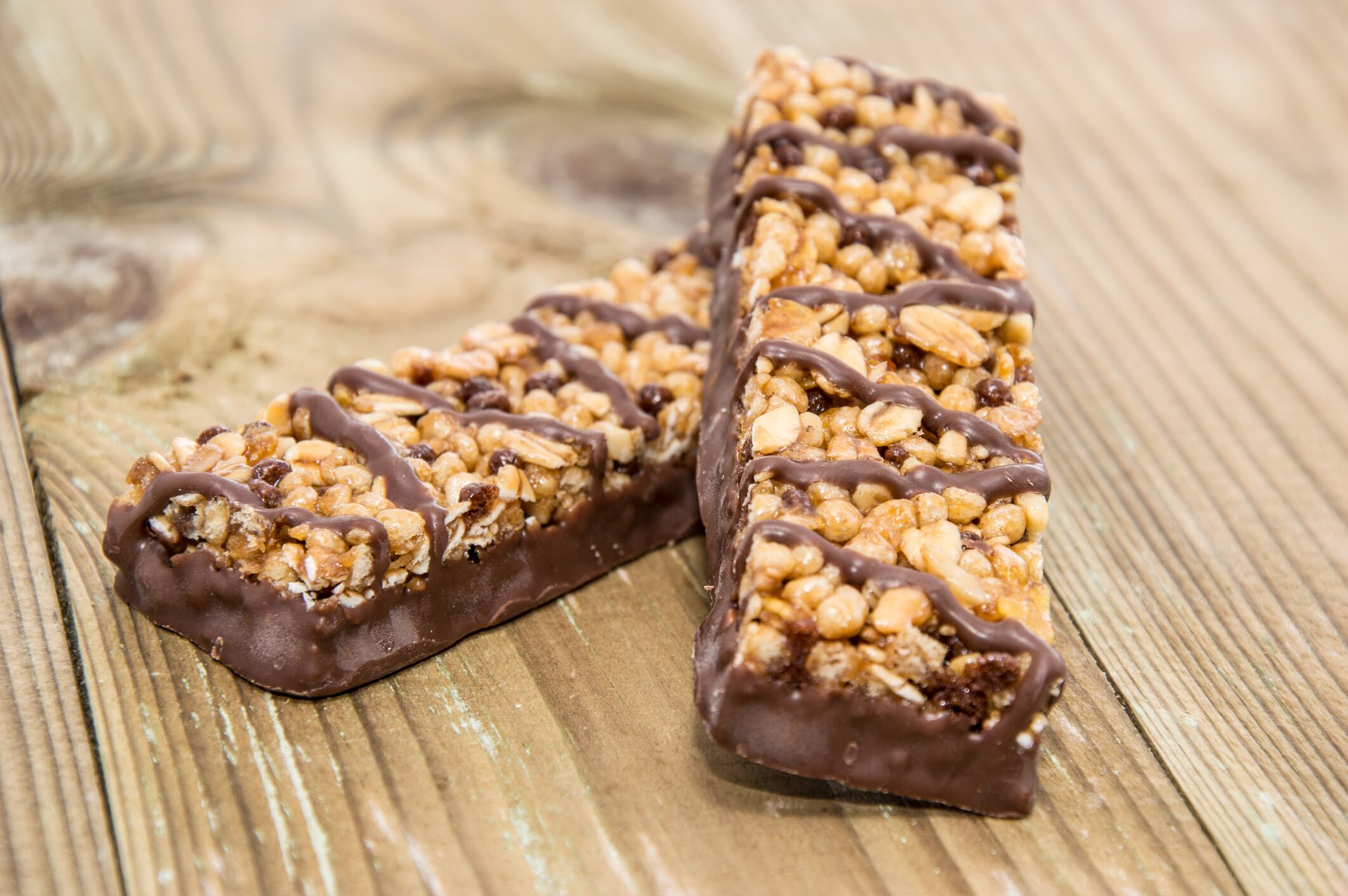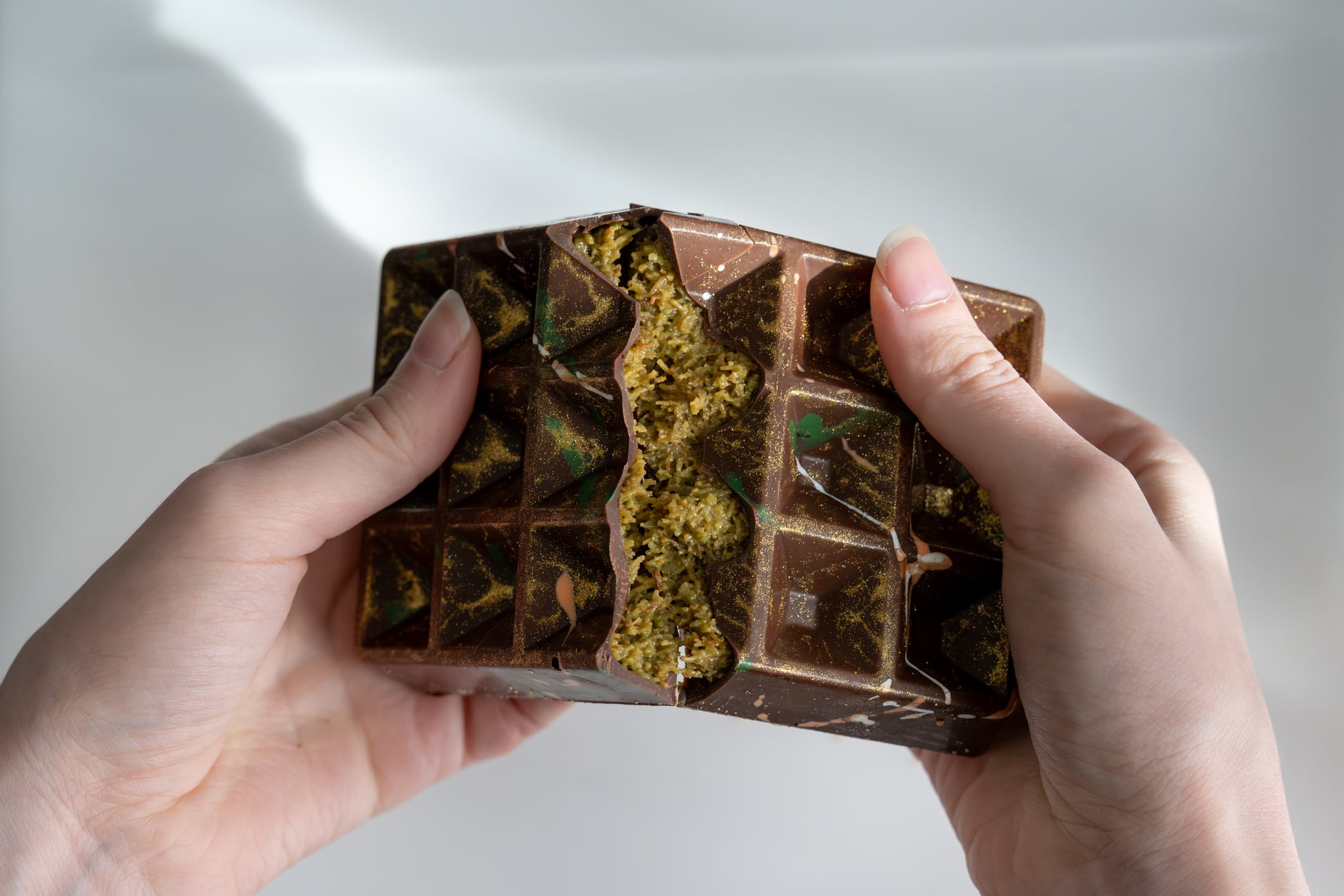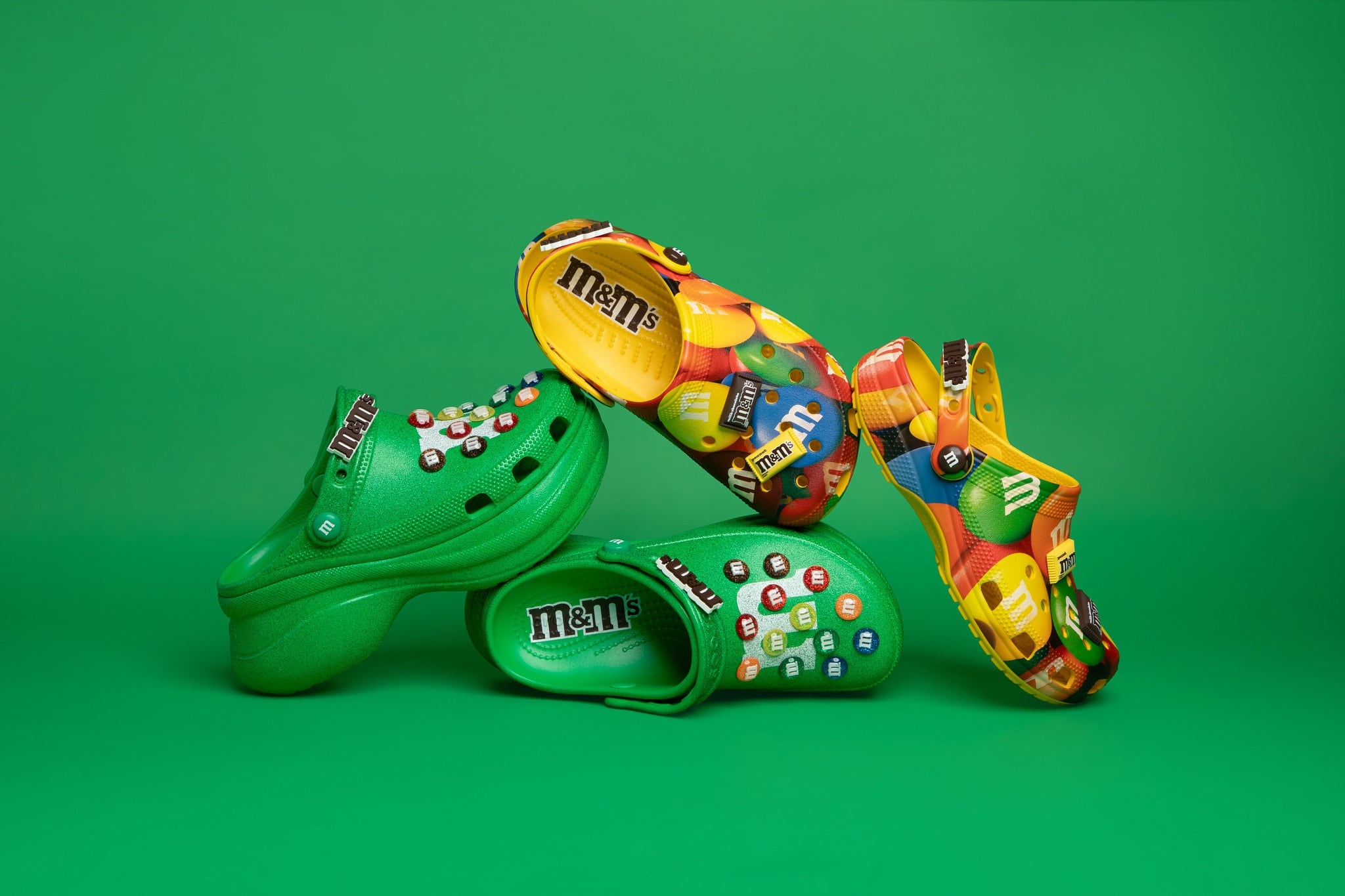The food and beverage landscape is shifting fast, with consumer trends driving change across all sectors.
In the past 12 months alone, we’ve seen high protein, high fibre, clean label, gut health, food as medicine, and functionality, all boosting consumer spending and powering new product development. And those are just some of the many.
So, what are the next big trends set to shake-up the industry in 2026?

1. Maxxing out gives way to balance
The high-protein and high-fibre trends, which have proved so overwhelmingly popular in 2024/25 are expected to ease as we enter 2026. But that doesn’t mean they’re going anywhere, more that they’re becoming a part of the regular diet.
“Protein and fibre are cutting through the wellness noise in 2026 and going mainstream as easy to understand, accessible and essential nutrients,” says Alex Beckett, senior director of food and drink research for market analysts’ Mintel.
However, the concept of “maxxing” out on protein or fibre - in other words eating as much as possible - is likely to decline.
“Look back at fat-free in the 1980s or carb-free in the noughties,” says Beckett. “History shows how dietary patterns shift from fixation to moderation.”
And Mintel expects this trend to continue across all sectors in the future.
“From 2030, consumers will shift away from rigid nutritional goals towards a more inclusive, diverse diet. The cost, health, taste and ecological benefits of diversifying protein and fibre sources will appeal to consumers and producers.”
What’s more the ever-growing gut-health trend will help support this shift, as consumer understanding of the importance of nutrient diversity for a healthy gut, grows.
Interestingly, the rise of GLP-1 drugs will also help move the dial on the single-nutrient focus.
The much-publicised link between GLP-1 drugs and digestive health, is helping promote other nutrients, and reducing consumer reliance on protein.
“Yes, protein will remain an essential and desirable nutrient,” says Beckett. “But the fact it is being consumed at the expense of other nutrients, and is becoming synonymous with superficiality and extreme, ideological ways of eating, will hasten consumer interest in trying more diverse sources.”

2. Nostalgia offers comfort
The nostalgia trend has been quietly bubbling away for the past few years. Gaining traction and boosting sales. But analysts predict its going to get louder and more powerful as we enter 2026, becoming one of the defining trends of the year.
The reason for this? Escapism.
Nostalgia, explains Alice Pilkington, principal food and drink analyst at Mintel, is a way for consumers to seek refuge from a volatile and artificially intelligent world, and revisit “simpler” times.
One area where this is starting to play out is the long-neglected ambient aisle, where disruptive brands like bean company Bold Bean Co, are resonating with consumers and encouraging a re-appraisal of long-life products.
“These brands are successfully merging the practical benefits of canning and jarring with quality, provenance, exciting flavours and personality,” says Pilkington.
And analysts say this trend is set to continue, as the success of these products inspires more brands to rediscover heritage ingredients and recipes within modern, relevant formats.
Sticking with the theme of days gone by, the old-adage of ‘waste not want not’, is likely to become central to consumer behaviours once again, as the global population grows and climate pressures threaten food production.

3. Sensory innovation
At the opposite end of the spectrum to nostalgia, is novelty. While consumers might be seeking comfort in the familiar, they’re also seeking excitement in the new.
“Whether it’s ‘dirty’ sodas or Dubai chocolate, multi-sensory innovations have become synonymous in recent years with playfulness, novelty and viral sensations,” says Mintel’s Pilkington.
But as the trend grows, brands will need to work harder to set themselves apart from the crowd. This, predicts Pilkington, will be achieved through colour, texture and aroma variations, creating food and drink products that stimulate the senses and reinvigorate experiential eating.
This could prove particularly beneficial to GLP-1 users, as many have complained they no longer feel joy in eating and drinking.
Underserved, yet expanding consumer groups, such as the elderly and neurodiverse individuals could also benefit from a move towards more sensory innovations.
What does this mean for food and beverage?
As we head into 2026, one overarching trend stands out - consumers are no longer satisfied with one-dimensional products. They’re seeking balance over excess, comfort alongside novelty, and functionality combined with sensory experiences.
For brands, this means embracing complexity - nutritionally, emotionally, and experientially.
The convergence of these trends signals a more thoughtful and creative era for food and beverage innovation. Whether it’s diversifying nutrient sources, reimagining heritage formats, or designing for sensory joy, the opportunities are vast and growing.
But success will hinge on how well companies can listen, adapt, and deliver products that resonate with evolving consumer values.





